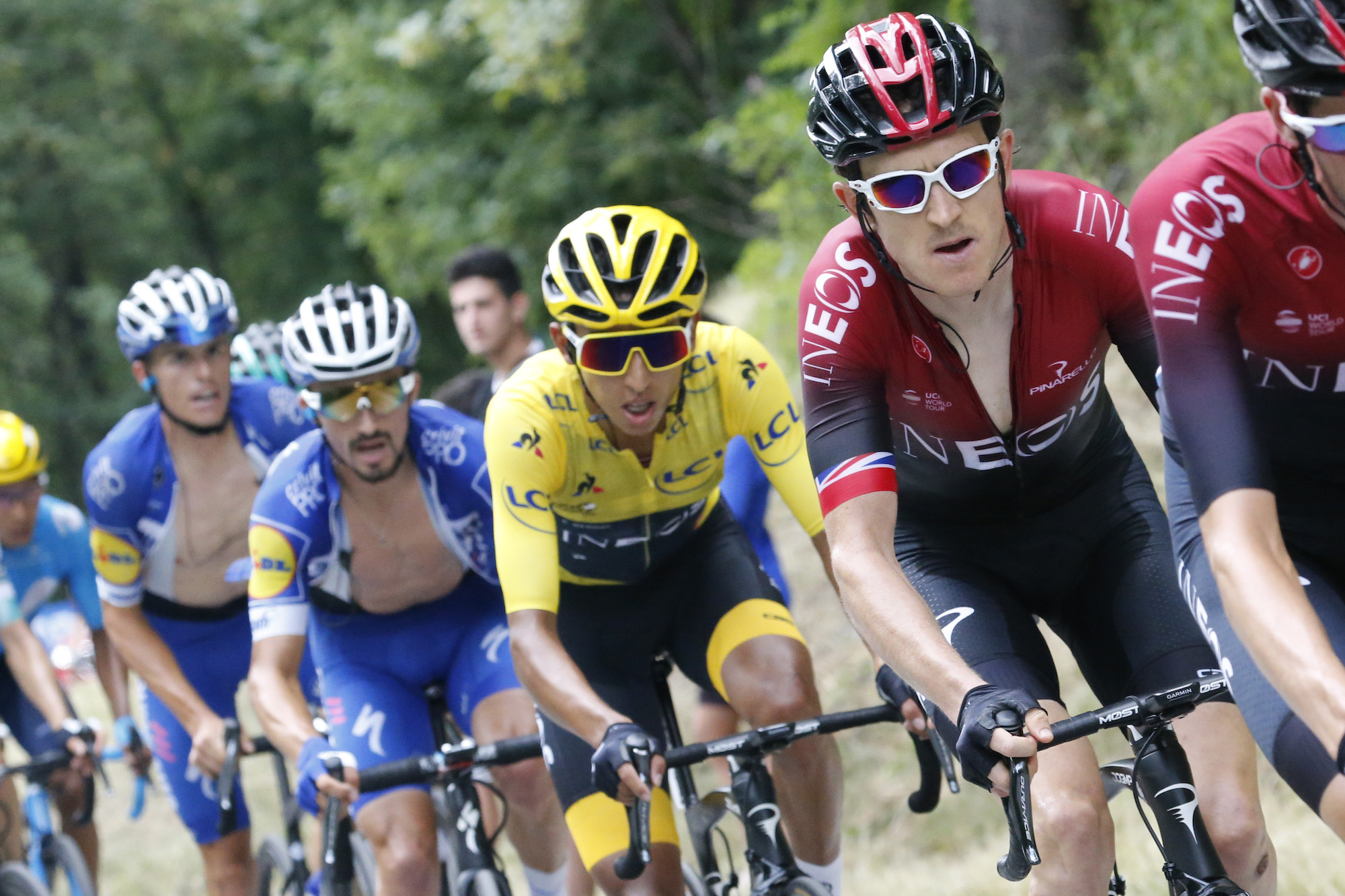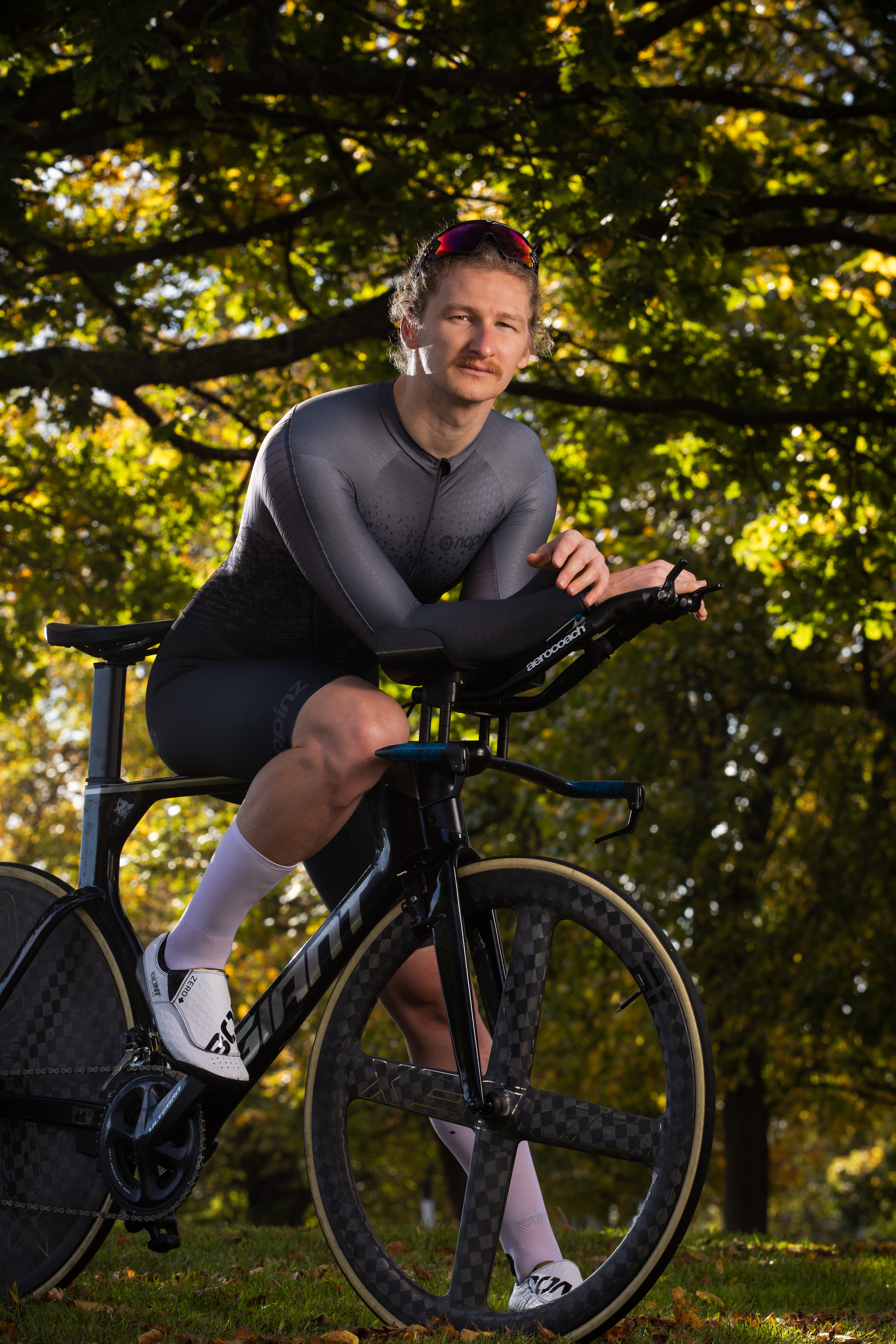Was the Tour de France 2019 the greatest edition in history?
From the defiance of Julian Alaphillipe, to natural disasters and the dawn of the Bernal era, it has been a Tour to remember


The 2019 Tour de France has offered countless twists and endless drama, the likes of which hasn’t been seen for many editions.
From the moment relative-unknown lead-out rider Mike Teunnissen denied Peter Sagan in the opening sprint on stage one, cycling fans were treated to one of the most unpredictable editions of the Tour in memory.
As the peloton rounds out this year’s race with the ceremonial sprint on the Champs-Elysées, we have a calm moment to reflect on the last three weeks of racing, so how does the Tour de France 2019 stack up against the greatest editions in history?
There are two dates that often spring to mind when cycling fans consider the best race in Tours past – 1986 and 1989, both of which share one critical detail, the presence of a young American by the name of Greg LeMond.
The ’86 and ’89 Tours are remembered for very different reasons, despite their common protagonist – the former revolved around the now-legendary battle between team-mates Bernard Hinault and LeMond out on the road, with the younger rider taking his first yellow jersey ahead of the veteran patriarch of the peloton.
In the latter Tour it was LeMond, making his comeback after a near-fatal hunting accident, versus another Frenchman, this time double Tour winner Laurent Fignon. That edition remains the closest in history, as LeMond came back in the final day time trial to overturn a 50 second deficit to Fignon and win the Tour by just eight seconds.
Get The Leadout Newsletter
The latest race content, interviews, features, reviews and expert buying guides, direct to your inbox!
These mythical editions of the race played out well before I was born and so well outside of my cycling memory, so I asked the experts how this year’s race weighs up compared to those occasions.
As this year’s race comes to a close, there are plenty of stories that make this a contender for the greatest Tour ever.
Julian Alaphilippe’s defiant performance in 2019, which saw him spend 15 days in the maillot jaune and come within days of winning the race, will go down as one of the most memorable exploits in the French Grand Tour’s in, compounded by his daring attacks on stage three to Épernay, again on stage eight to Saint-Étienne in an iconic move with his compatriot Thibaut Pinot, and his dominant time trial victory in Pau on stage 13.
In the background, Pinot himself was a monument in this Tour and looked to be the only other rider strong enough to usurp Alaphilippe if he refused to crack in the high mountains, while an ailing Team Ineos struggled to hold the front of the race in the way we have become so accustomed over the last seven years.
All of these moments contributed to making this the best Tour de France I’ve ever watched (since my first in 2010).
The Tour also ends with a historic winner, as Egan Bernal becomes the youngest rider to ever hold the yellow jersey in Paris and the first ever Colombian victor, as many are hailing this the arrival of the ‘Bernal era’, with the 22-year-old expected to have multiple Tour de France wins in his legs still to come.
Even the smaller details, like Sir Bradley Wiggins donning a Union Jack coat and hopping on the back of the motorbike to offer sometimes-insightful, always-hilarious commentary, have all made this Tour an unmatchable showcase of everything great about cycling guaranteed attract new life-long followers of the sport.
But there are moments that hindered this Tour as it enters cycling lore.
Thibaut Pinot’s devastating, tear-flooded and anti-climactic abandon on stage 19 was an unfitting goodbye to one of the most significant animators of the race and a rider who could well have changed the final result and denied Team Ineos a seventh Tour victory with a fourth different rider.
Then shortly after Pinot left the race, as Egan Bernal powered away from Julian Alaphilippe over the top of the Col de l’Iseran and was descending towards the final climb of the stage to Tignes, a freak hailstorm caused landslides, forcing race organisers to neutralise the race and cutting short a dramatic close to one of the toughest stages of the race, even if the result was unlikely to change.
That neutralisation of the race brought a premature end to the general classification battle, as Alaphilippe lost his yellow jersey and Bernal was gifted the advantage that would eventually win him the race, but also denied him a potential maiden Tour de France stage win.
Disappointment continued as the following day, the final mountain stage to Val Thorens was shortened from 130km to just 59km due to the awful weather conditions, effectively setting up a 33km hill climb to decide the overall.
As Alaphilippe was dropped on the road to Val Thorens, slipping to fifth, there were no threatening attacks launched on the last climb of the race and Egan Bernal claimed the yellow jersey without breaking much of a sweat.
While many argued these setbacks prevented the race from being the greatest in history, despite its obvious potential to claim the title, I would argue these moments only drill this Tour further into the memory of anyone who watched.
The footage of an inconsolable Pinot with tears streaming down his face, his head buried in a team-mate’s shoulder, stepping off the bike will be one of the resounding images demonstrating how high the stakes are in this race, while the confusion and outrage that followed the neutralisation of the stage at its climax were also unforgettable.
The fact that the time gaps were cemented by a natural disaster are also reminder of what the Tour is really about – it’s human against the elements, against our surroundings, and against fortune, not just against each other.
But of course there is far more to deciding the greatest Tour de France in history than just what we remember. It’s also what we see.
As cycling statistician and contributor to The Road Book Cillian Kelly pointed out, coverage of the Tours in the ‘80s was a world away from the full viewing we get now – how was the perception of those races skewed by the reporting and 30-minute highlight packages?
It may be impossible to really quantify the greatest Tour of all time, but I maintain that despite the anticlimactic final stage and the continuation of the Team Ineos era, the 2019 Tour was the greatest of this century and will stand as such for many years to come.

Thank you for reading 20 articles this month* Join now for unlimited access
Enjoy your first month for just £1 / $1 / €1
*Read 5 free articles per month without a subscription

Join now for unlimited access
Try first month for just £1 / $1 / €1
Alex Ballinger is editor of BikeBiz magazine, the leading publication for the UK cycle industry, and is the former digital news editor for CyclingWeekly.com. After gaining experience in local newsrooms, national newspapers and in digital journalism, Alex found his calling in cycling, first as a reporter, then as news editor responsible for Cycling Weekly's online news output, and now as the editor of BikeBiz. Since pro cycling first captured his heart during the 2010 Tour de France (specifically the Contador-Schleck battle) Alex covered three Tours de France, multiple editions of the Tour of Britain, and the World Championships, while both writing and video presenting for Cycling Weekly. He also specialises in fitness writing, often throwing himself into the deep end to help readers improve their own power numbers. Away from the desk, Alex can be found racing time trials, riding BMX and mountain bikes, or exploring off-road on his gravel bike. He’s also an avid gamer, and can usually be found buried in an eclectic selection of books.
-
 Save £42 on the same tyres that Mathieu Van de Poel won Paris-Roubaix on, this Easter weekend
Save £42 on the same tyres that Mathieu Van de Poel won Paris-Roubaix on, this Easter weekendDeals Its rare that Pirelli P-Zero Race TLR RS can be found on sale, and certainly not with a whopping 25% discount, grab a pair this weekend before they go...
By Matt Ischt-Barnard
-
 "Like a second skin” - the WYN Republic CdA triathlon suit reviewed
"Like a second skin” - the WYN Republic CdA triathlon suit reviewed$700 is a substantial investment in a Tri Suit, and it is, but you’ll definitely feel fast in it
By Kristin Jenny